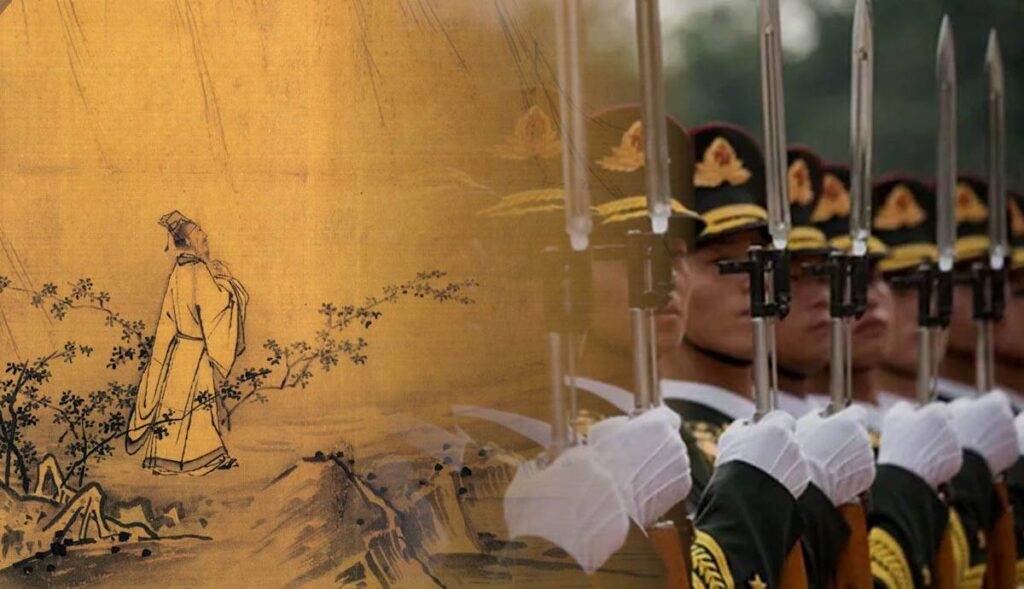The Art of War, written by Sun Tzu during ancient China’s Warring States period, remains a classic and influential work on military strategy and tactics. Emphasizing the importance of understanding both the enemy and oneself, the treatise teaches methods to achieve victory without direct conflict. Despite its age, the principles in The Art of War are still applicable to modern warfare, with many strategies still being utilized by military commanders today. Moreover, the lessons from this ancient text can also be applied to business and everyday life, offering valuable insights into leadership, decision-making, and strategic planning. The Art of War is a timeless masterpiece that continues to inspire and influence leaders across various fields.
The Art of War: Ancient Military Tactics and Strategies
The Art of War is a classic Chinese military treatise written by Sun Tzu, a Chinese military strategist and general. It is considered one of the most influential works on military strategy and tactics, and is still studied in military academies and business schools around the world.
Historical Context
Sun Tzu wrote The Art of War during the Warring States period in ancient China, a time of constant warfare between rival states. The treatise emphasizes the importance of planning and strategy in warfare, and provides insight into the tactics used by ancient Chinese generals to achieve victory on the battlefield.
Key Concepts
One of the key concepts in The Art of War is the idea of “knowing your enemy and knowing yourself.” Sun Tzu emphasizes the importance of understanding your opponent’s strengths and weaknesses, as well as your own, in order to gain a strategic advantage in battle.
Another important concept in The Art of War is the idea of “subduing the enemy without fighting.” Sun Tzu teaches that the ultimate goal of warfare is not to engage in direct conflict, but to outmaneuver and outsmart your opponent in order to achieve victory with minimal bloodshed.
Applicability to Modern Warfare
Despite being written over 2,500 years ago, The Art of War is still relevant to modern warfare. Many of the principles and strategies outlined in the treatise, such as the importance of intelligence gathering and the use of deception in warfare, are still used by military commanders today.
Furthermore, the lessons of The Art of War can also be applied to business and everyday life. The treatise teaches valuable lessons on leadership, decision-making, and strategic planning that can be useful in a variety of contexts.
Conclusion
The Art of War is a timeless masterpiece that continues to inspire and influence leaders in all walks of life. Its teachings on strategy, tactics, and leadership are as relevant today as they were in ancient China, making it a must-read for anyone interested in the art of war.
